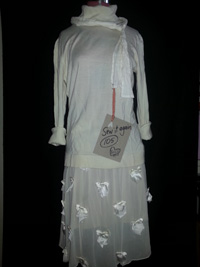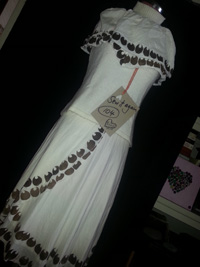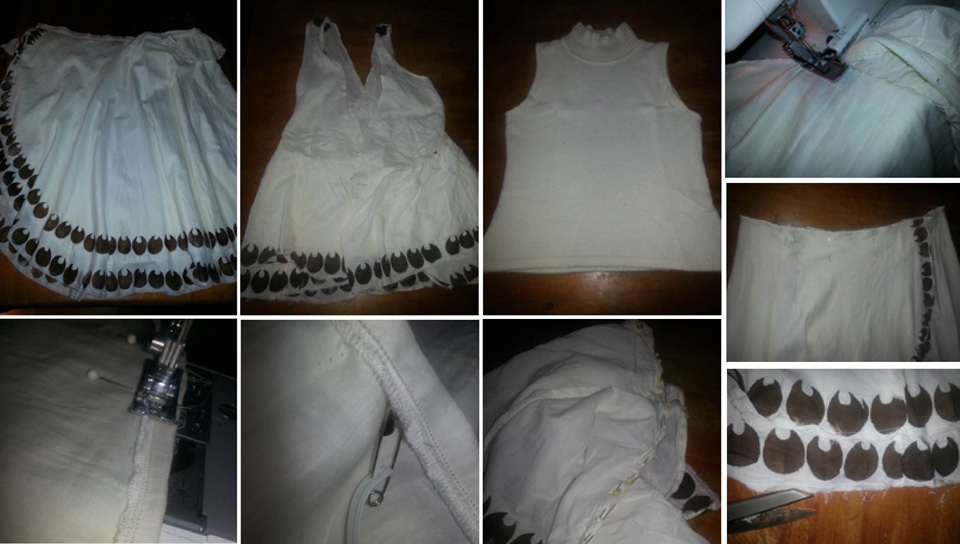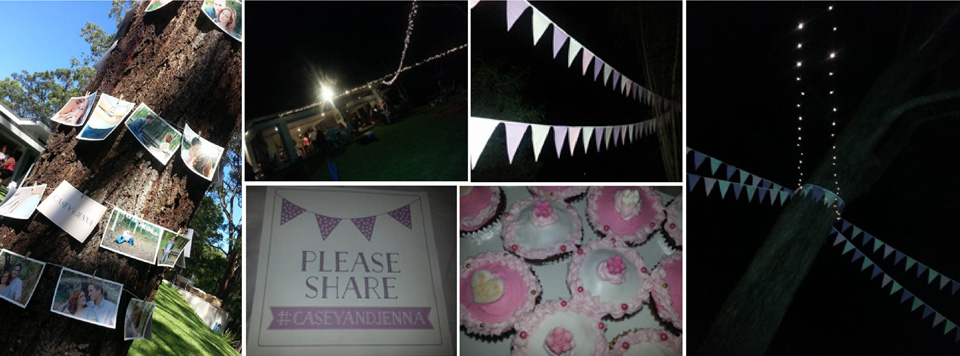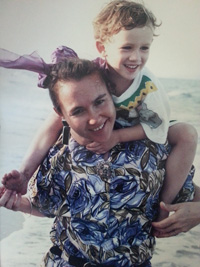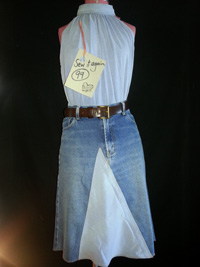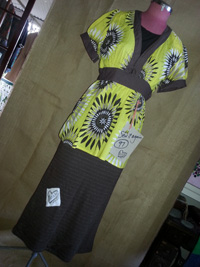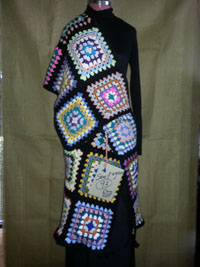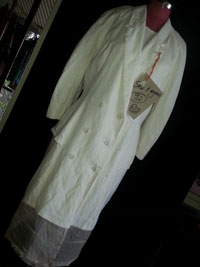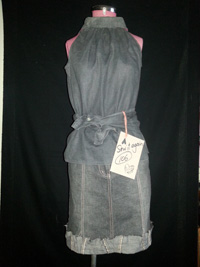 All living things have a place and a purpose on the planet. While life is a struggle for some, others expend much time and effort chasing money and stuff.
All living things have a place and a purpose on the planet. While life is a struggle for some, others expend much time and effort chasing money and stuff.
Popular culture positions elite, prestige and luxury atop a greasy pole. Many invest a lifetime pursing this elusive high when it is simple things around us that provide meaning in the end.
Through her beautiful distillation of The Top Five Regrets of the Dying, Australian Bronnie Ware has become an advocate for healthy, simple living.
We know that whole local food keeps our bodies healthy. If we expend effort in its growing and cooking, then all the better. Quick, easy, processed, packaged fast food might be cheap, but we have come to understand its consumption is not good for our health.
We are coming to grips with our clothing story in the same way. Events such as the Rana Plaza factory collapse last year exposed the dark underbelly of fast fashion as a source of cheap, ready-made, clothing that exploits people and resources. Somebody somewhere is losing out when you can buy $5 shirts and treat them as disposable.
That’s why we need a Fashion Revolution. Young people such as UK-based creative Tilly, of Tilly and the Buttons fame, are empowering a new generation of DIY dressmakers by demonstrating how to create their own clothing. Continue reading
